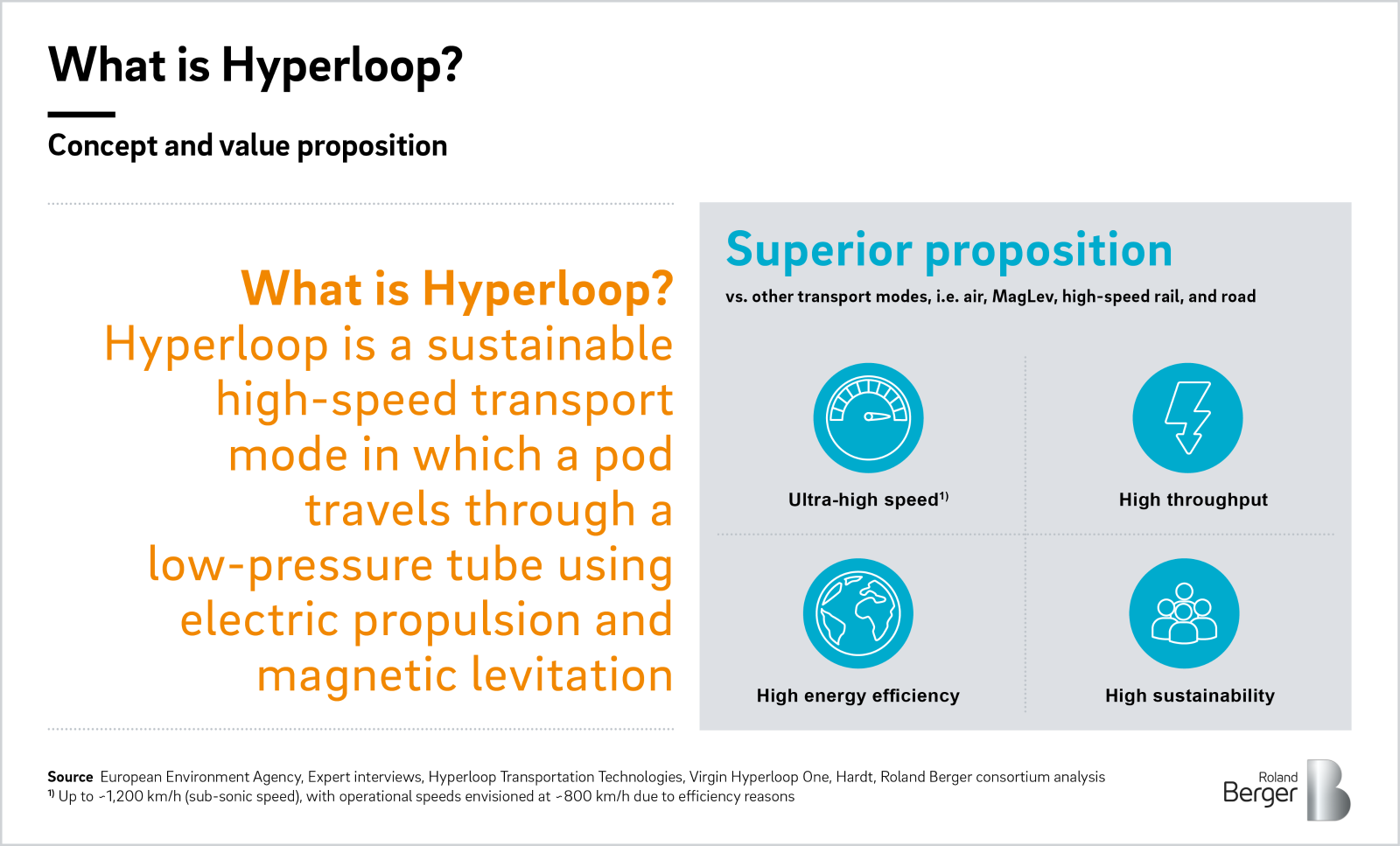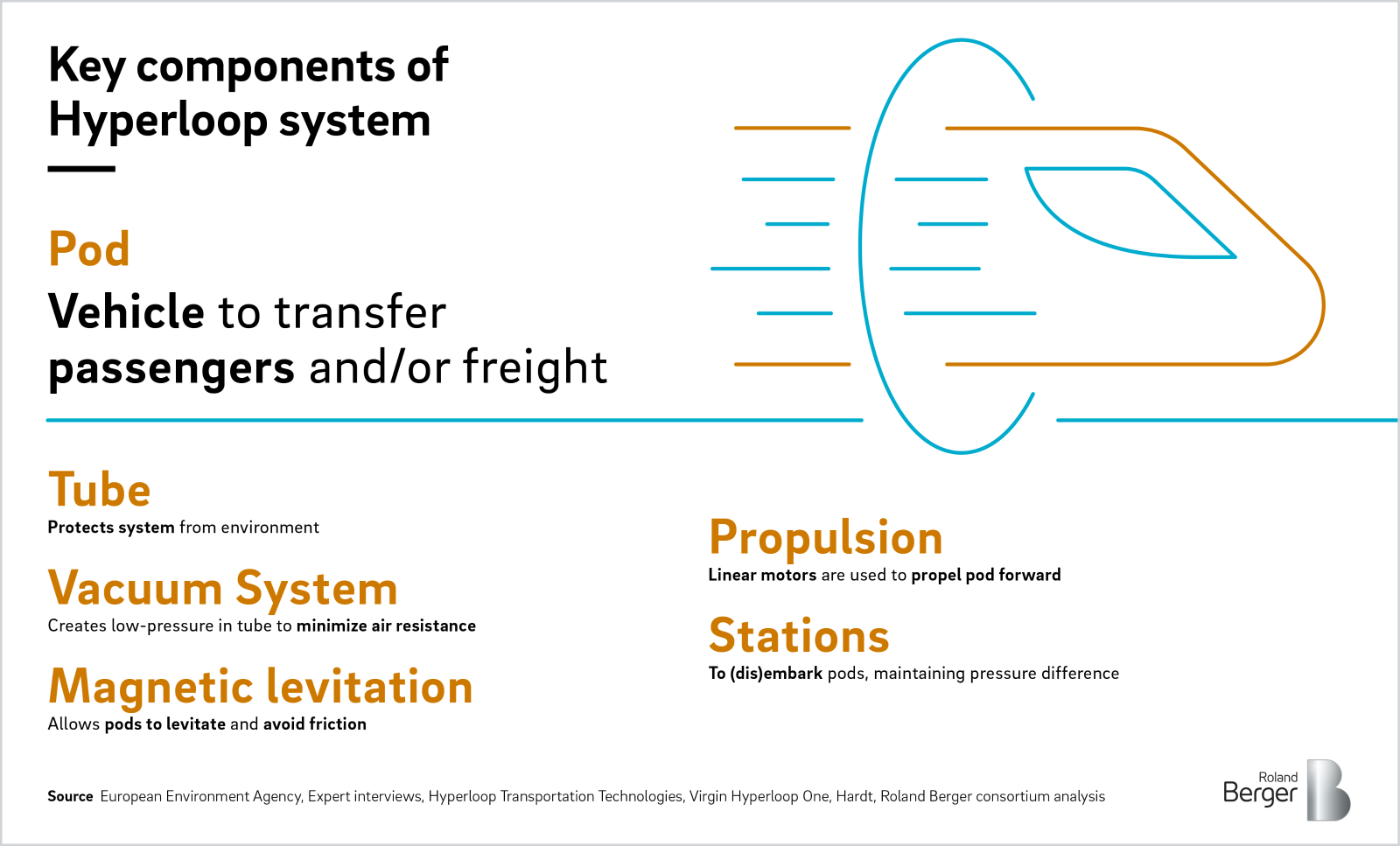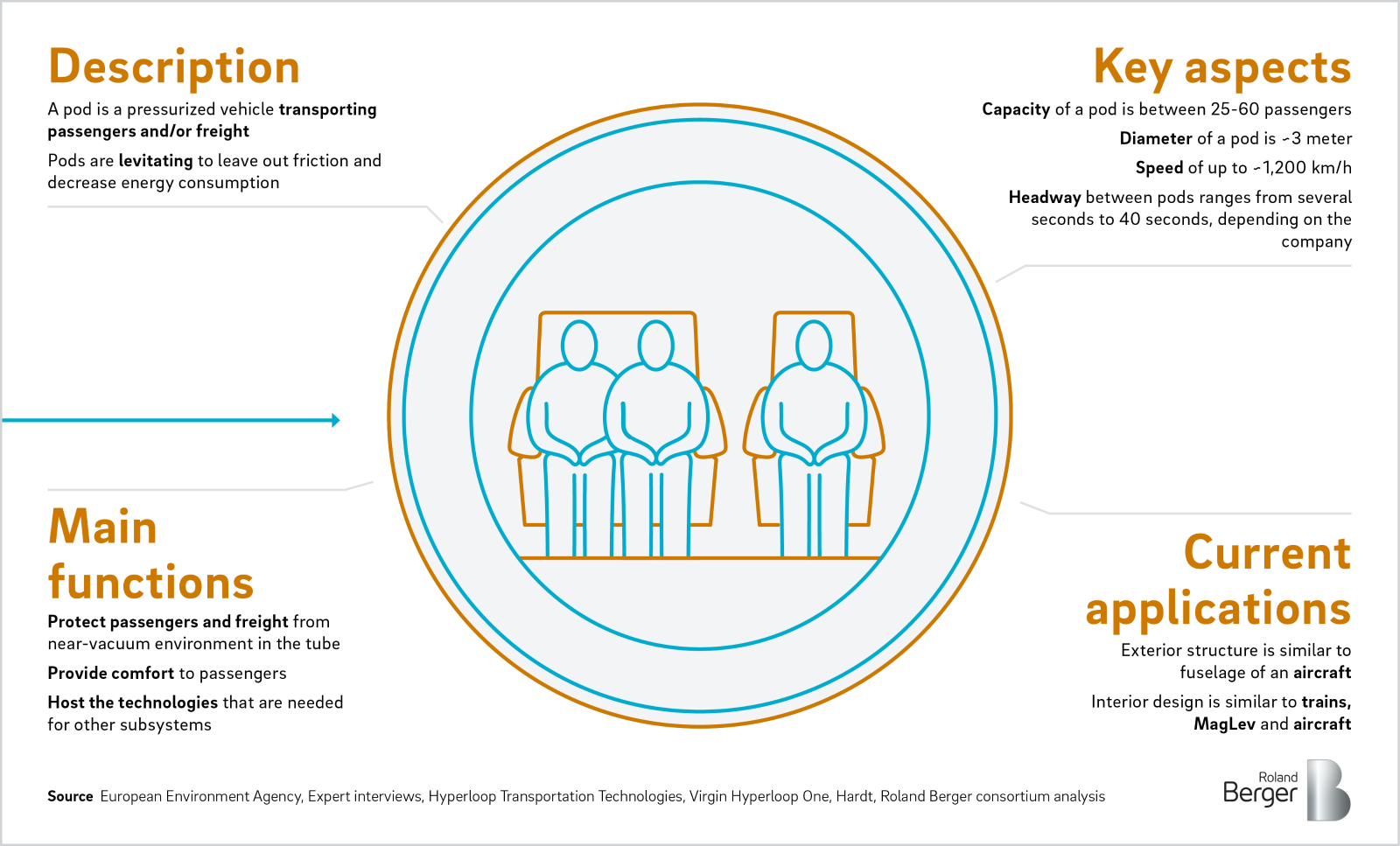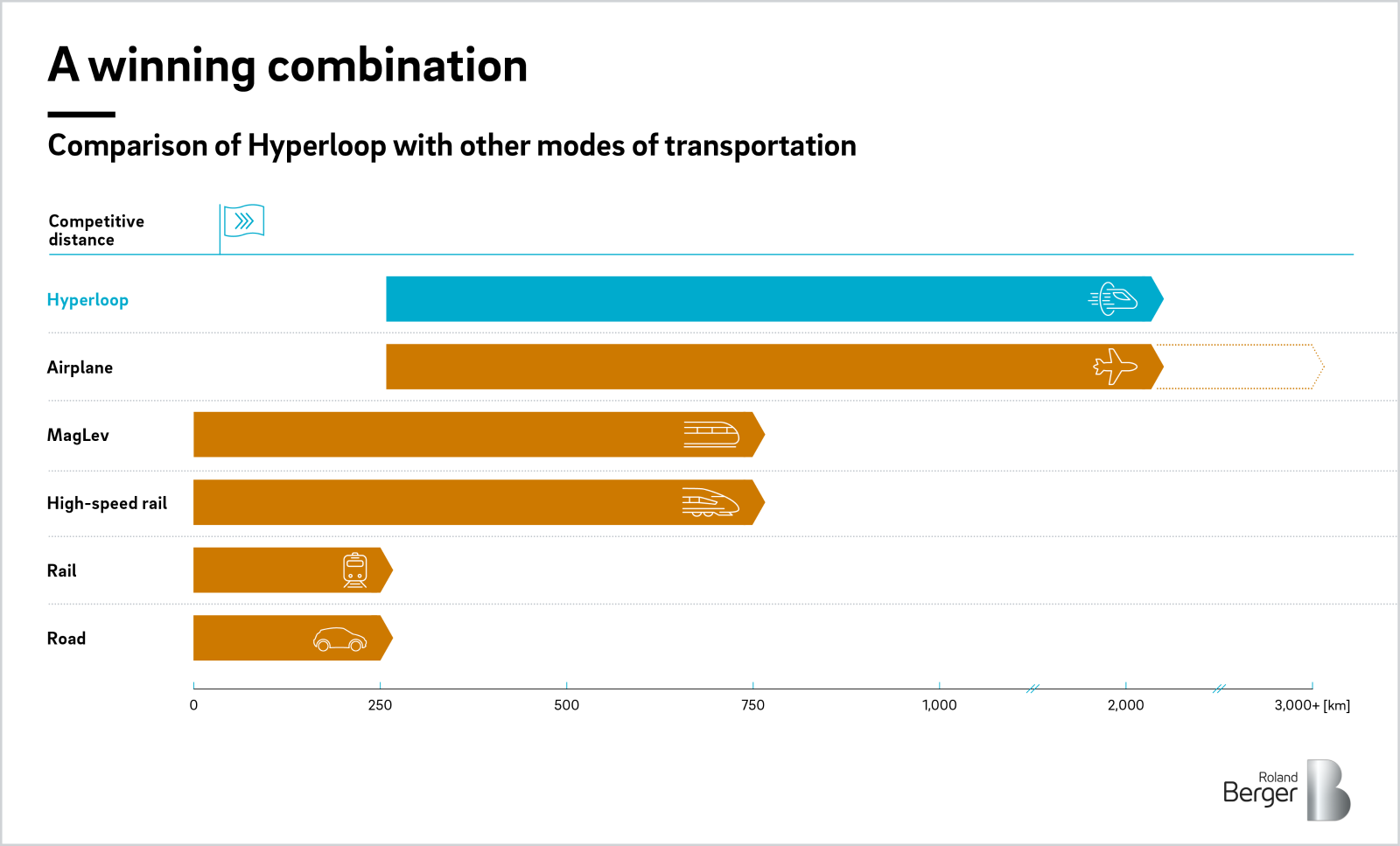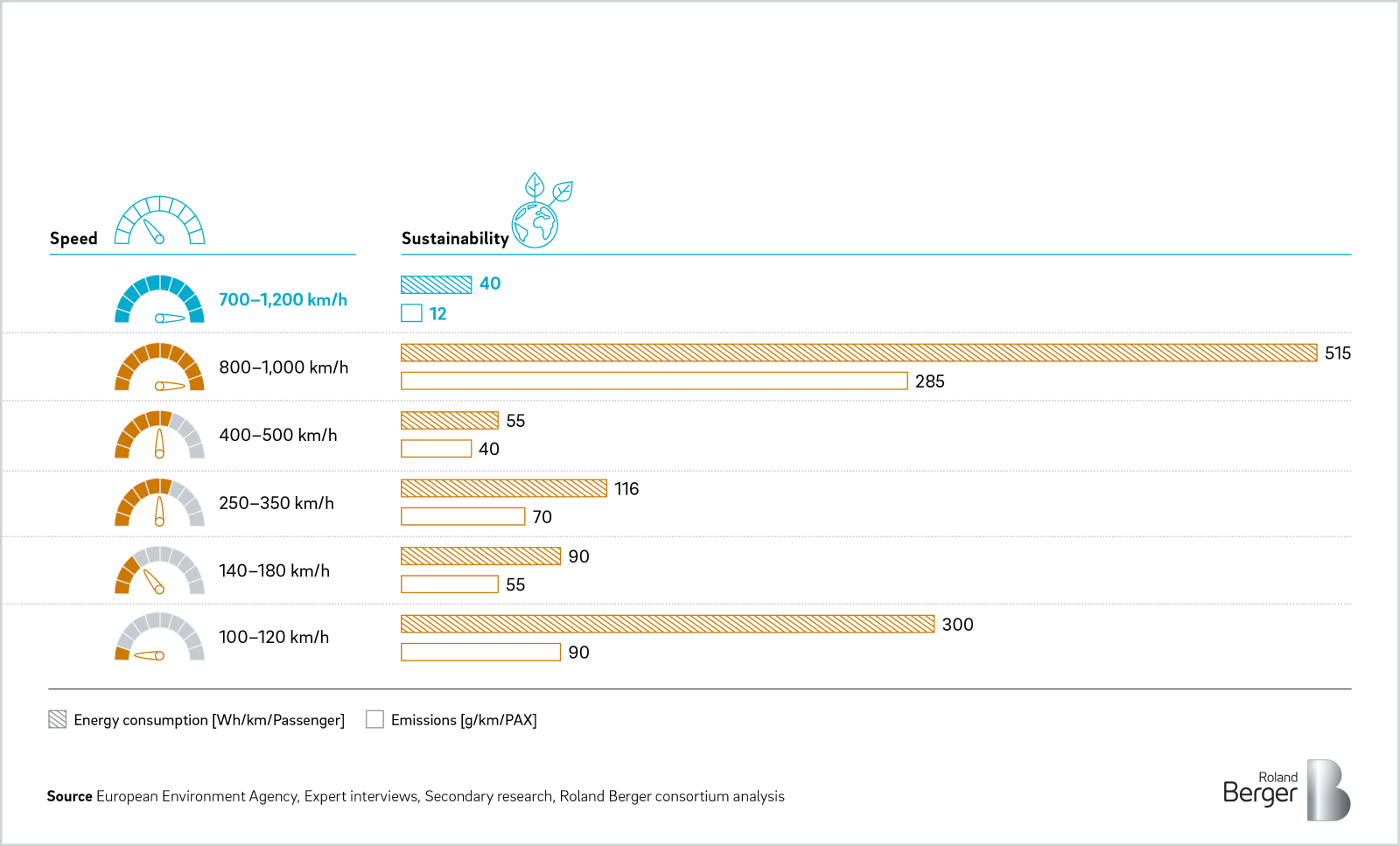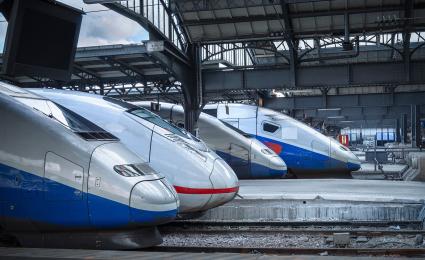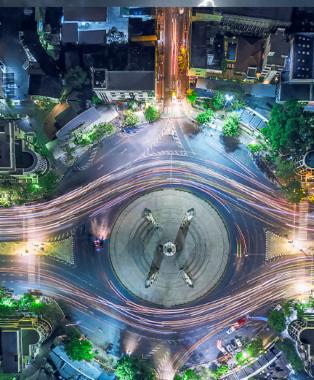As superspeed vacuum trains race ever closer to becoming a reality, Hyperloop Transportation Technology's Bibop Gresta speaks to Think:Act about something that could prove just as revolutionary: the crowdsourcing model that's driving his company's innovations.


Hyperloop: Mobility revolution or pipe dream?
A promising technology that has so far failed to deliver
With its ingenious technology and clean environmental bill of health, Hyperloop could fundamentally change the way we view high-speed travel. First proposed the late eighteenth century, it has dangled before us the promise of ecologically sound, convenient travel at superfast speeds ever since – a dream catapulted into the mainstream by Elon Musk some two centuries later. But despite its widely accepted technical feasibility, there is still no Hyperloop up-and-running today. What is preventing a technology taking off that seems to have everything to offer? And what can we do to turn the pipe dream into reality?
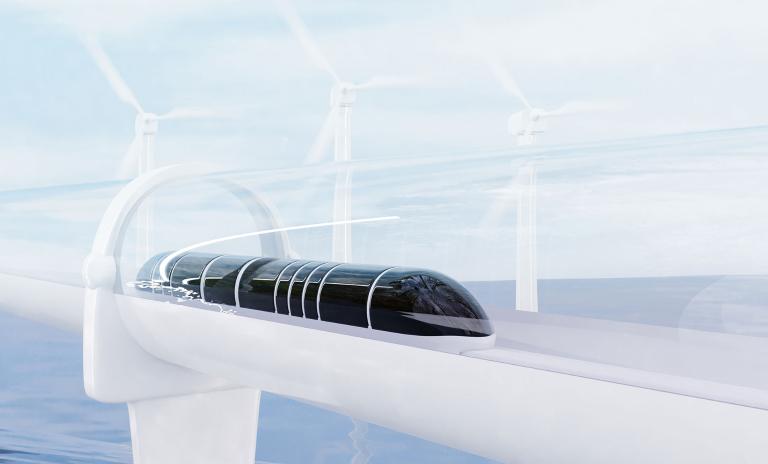
A revolutionary technology
In Hyperloop systems, "pods" travel through low-pressure tubes using a combination of electric propulsion and magnetic levitation. The tubes themselves are near vacuums, minimizing air resistance, while magnetic levitation allows the pods to levitate, avoiding friction. It is a revolutionary means of transportation: sustainable, convenient and extremely high-speed.
An unbeatable value proposition
Hyperloop offers a winning value proposition compared to other modes of transportation. It achieves high speeds at relatively low energy requirements: According to our research, its emissions are five times lower than that of its closest land-based counterpart, high-speed rail (HSR), and almost 25 times cleaner than commercial aircraft. With fuel prices on the rise, Hyperloop also has clear advantages over traveling by car. Combine that with the increasing global focus on sustainability and Hyperloop appears to tick all the boxes.
Hyperloop also beats the competition hands down when it comes to speed. Pods can potentially travel up to 1,200 km/h, not far off the speed of sound, although normal operating speeds are more likely to be in the region of 800 km/h. In other words, it could theoretically offer the speed of commercial planes without leaving the ground, cutting in half the time needed to travel between Dubai and Riyadh, say. What is more, Hyperloop systems offer passengers the walk-on, walk-off convenience of a train at the speed of an airplane. And networks are still a blank canvas, so could be designed to include not only intercity trips but also end-to-end journeys between key hubs, such as airports and urban centers – something existing rail networks often fail to do at present.
"Hyperloop is a revolution waiting to happen. Look at the railroads and how they transformed mobility in the 19th and 20th centuries. Hyperloop has the potential to do the same, and more."
So, why the delay? Beyond technology readiness, Hyperloop also needs to offer clear social and commercial benefits. That means convincing public stakeholders that it could revolutionize how we live, work and travel – as the railroads did in the nineteenth century. Faster commutes over long distances will enable the development of new urban centers and hubs across countries or entire regions. Although governments will necessarily be involved, investment by private players should also be encouraged.
Creating new momentum
We believe that three steps would create new momentum in the industry.
- First, it is crucial to establish a clear regulatory framework – efforts in this area are already underway at the European Commission, for example.
- Second, public money can be used to stimulate the private sector by covering part of the necessary investment costs and hence bearing some of the early-stage risk. This would help overcome reluctance on the part of private players to make the major investments required.
- Finally, public lands must be secured for testing facilities such as longer test tracks. These are essential in order to achieve technology readiness and prove that the new mode of transportation is completely safe.
Register now to download the full PDF including key insights and current developments regarding Smart Mobility as well as future challenges and new opportunities for players in the automotive industry.

